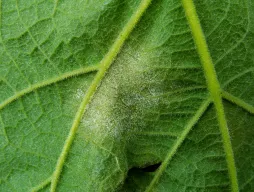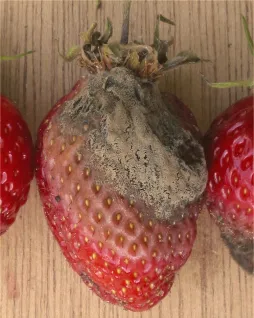Cyclamen persicum, Persian cyclamen
Contrary to its name, Cyclamen persicum is not native to Iran. This colorful, fragrant plant is endemic to the eastern Mediterranean, Algeria and Tunisia.
How to recognize Cyclamen persicum, the Persian cyclamen?
Larger than cyclamen coum (Cyclamen coum), Cyclamen persicum grows to a height of 30 centimetres. It's a flowering perennial with a spreading habit. When planted in the ground, it quickly forms a dense ground cover.
Persian cyclamen has an underground reserve organ, called a corm, from which tuberous roots and aerial buds grow.
Leaves grow in rosettes. Heart-shaped, leathery blades have serrated margins. Foliage is dark green, mottled with lighter green or silver on the upper surface. The underside is purplish red.
The fragrant flowers consist of five lanceolate tepals, fused together at the base. They are white, pink or red, often with a darker center. Flowering can last from September to March.
Cyclamen persicum is toxic. Its tuberous root contains cyclamine. This substance has the same effects as curare if ingested. It causes digestive and respiratory problems, as well as muscular paralysis. Keep your plant out of reach of pets, and remember to wash your hands after handling it.
Our maintenance tips
Persian Cyclamen are outdoor plants. You can keep them indoors if the temperature does not exceed 20°C. Beyond that, the plant gets too hot and its leaves turn yellow.
Watering
Adjust watering when the plant is flowering or producing flower buds.
Wait until the surface of the soil has dried by two or three centimetres before watering again.
Pour in water at room temperature. The substrate should be moist but not soggy. Drain any water that collects in the cup or planter.
Allow the substrate to dry for about five centimetres before watering. Use non-calcareous water, such as rainwater. Moisten the soil without soaking it.
Wait for the water to drain through the drainage holes before putting your plant back in its place. Empty any water stagnating in the dish. It may rot the roots.
Adjust watering during summer.
Do not water during this period.
Repotting
Get a perforated pot. You can line the bottom with clay balls or gravel to optimize drainage.
Fill your pot with a mixture of houseplant potting soil (75%) and heather soil (25%). Plant your tuber. The rounded side should be at the bottom. Cover with three to four centimetres of soil.
The soil is already moist, so you don't need to water.
Fertilization
Feed your Persian Cyclamen with a fertilizer for green or flowering plants.
Prune
Remove wilted flowers. Cut at the base of the stem with a clean, sharp tool, or remove them by pulling with your hands.
Plantation
Look at your bulb. The rounded side is the bottom of the bulb. The flat part corresponds to the top of the tuber and should face the surface.
Dig a shallow hole. Plant your Persian Cyclamen tuber three or four centimetres above the ground. Cover lightly with soil. It should be flush with the surface. If you're planting several tubers, space them about fifteen centimetres apart.
Seedling
Your seedlings need warmth. Summer is the best time to get started.
Soak seeds in warm water for 48 hours.
Pour seedling soil into pots. Plant two to three seeds per pot.
Keep the substrate moist by spraying regularly.
Diseases / Threats
Information
| Family | Primulaceae - Primulaceae |
| Type | Cyclamen - Cyclamen |
| Species | Persian Cyclamen - Cyclamen persicum |
| Lifecycle | Perennial |
| Foliage | Deciduous |
| Exposures | |
| Substrat | |
| Planting methods |
Open ground In pots In tubs Planter |
| Categories | |
| Tags |
Beginner Flowery Rustic |
| Origins |
North Africa Western Asia Southern Europe |
| Hardiness (USDA) | 8a |
| Leaf color |
|
| Flower colors |
|
Discover plants from the same family
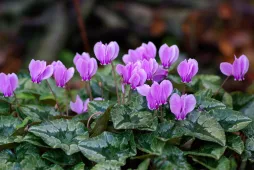
Naples Cyclamen
Discover
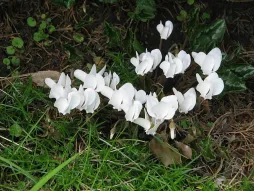
White Naples Cyclamen
Discover

Caucasian Cyclamen
Discover
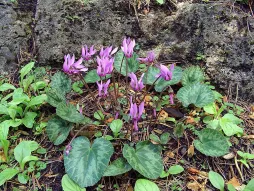
Cyclamen purpurascens
Discover













